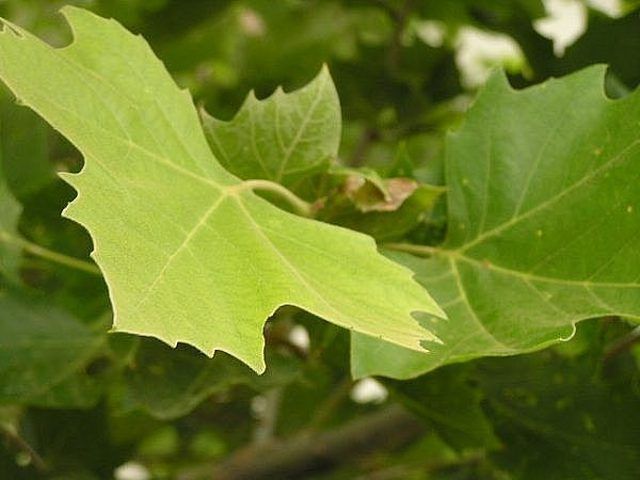Bulbs
Flower Basics
Flower Beds & Specialty Gardens
Flower Garden
Garden Furniture
Garden Gnomes
Garden Seeds
Garden Sheds
Garden Statues
Garden Tools & Supplies
Gardening Basics
Green & Organic
Groundcovers & Vines
Growing Annuals
Growing Basil
Growing Beans
Growing Berries
Growing Blueberries
Growing Cactus
Growing Corn
Growing Cotton
Growing Edibles
Growing Flowers
Growing Garlic
Growing Grapes
Growing Grass
Growing Herbs
Growing Jasmine
Growing Mint
Growing Mushrooms
Orchids
Growing Peanuts
Growing Perennials
Growing Plants
Growing Rosemary
Growing Roses
Growing Strawberries
Growing Sunflowers
Growing Thyme
Growing Tomatoes
Growing Tulips
Growing Vegetables
Herb Basics
Herb Garden
Indoor Growing
Landscaping Basics
Landscaping Patios
Landscaping Plants
Landscaping Shrubs
Landscaping Trees
Landscaping Walks & Pathways
Lawn Basics
Lawn Maintenance
Lawn Mowers
Lawn Ornaments
Lawn Planting
Lawn Tools
Outdoor Growing
Overall Landscape Planning
Pests, Weeds & Problems
Plant Basics
Rock Garden
Rose Garden
Shrubs
Soil
Specialty Gardens
Trees
Vegetable Garden
Yard Maintenance
How to Identify Plant Leaves
How to Identify Plant Leaves. Sometimes, when a plant is not in flower, it isn't obvious what the plant is. You can use the color, shape and habit of leaf growth to help identify the plant in question. Here are some suggestions on how to identify plant leaves.

Sometimes, when a plant is not in flower, it isn't obvious what the plant is. You can use the color, shape and habit of leaf growth to help identify the plant in question. Here are some suggestions on how to identify plant leaves.
First, check the size and shape of the leaf. Some common shapes are good clues to the type of plant you are seeking. Take note if the shape is a simple ovate shape (like a candle flame), palmate (spread out like a hand) like a sycamore or maple leaf, or if it is bipinnate (with oval leaves lining a single stem on either side) like an ash tree, for some examples.
Check the color and thickness of the leaf. Notice the form and habit of growth. How tall is your plant and does it grow tall and thin or short and wide.
There are a number of web sites that can walk you through plant identification. Asking one question at a time you can be guided to identify your mystery plants. Try sites like Web World Wonders or some of the university sites to find keys for leaf identification in your area. Some links have been provided in the Resources below.
Once you've identified your plant, you will have a better idea of not only what your plant needs to grow well, but whether or not this is a plant you want to grow.